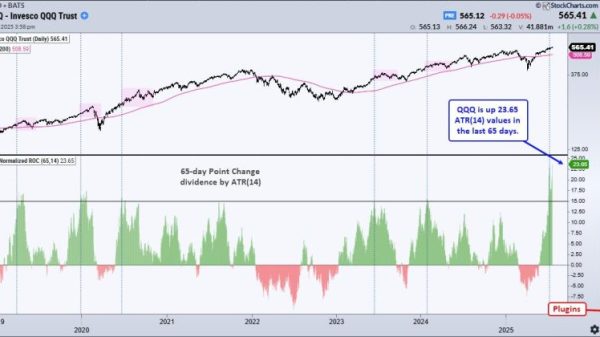Canadian crypto stocks offer investors exposure to the booming cryptocurrency market.
Cryptocurrencies are digital currencies that are independent of traditional banking systems. They exist on a blockchain, a secure and immutable transaction record shared among many computer nodes in a network.
The most well-known crypto is Bitcoin, and the process of generating new Bitcoin units is called mining. When Bitcoin was new, it was easy enough for tech-savvy individuals to mine their own tokens using store-bought hardware. However, as Bitcoin has grown in popularity, mining has become a difficult and expensive process.
That’s why these days most mining is done at the industrial level. Large corporations with capital and the right equipment can mine tens or even hundreds of Bitcoin every day. Buying shares of companies that mine crypto or provide crypto services is a way for investors to reap the potential benefits this industry has to offer without risking major losses.
1. Hut 8 (TSX:HUT)
Year-on-year gain: 252.75 percent
Market cap: C$5.90 billion
Current share price: C$57.78
Hut 8 is an energy infrastructure operator and Bitcoin miner.
It operates data centers across North America and boasts self-mining, hosting and managed services. The company announced plans in August 2025 to develop four new sites across the US, adding more than 1.5 GW of total capacity to its energy infrastructure platform.
Hut 8 has formed alliances with other companies in the blockchain and technology space. An expansion of Hut 8’s partnership with digital currency mining server Bitmain Technologies was announced in September 2024. The two companies collaborated to build and launch liquid-cooled miners that utilize direct liquid-to-chip technology to improve efficiency without compromising performance.
A partnership between the company, Eric Trump and Donald Trump Jr. began with discussions in late 2024 and was formalized with the launch of the joint venture American Bitcoin (NASDAQ:ABTC) on March 31, 2025. The company, in which Hut 8 is the 80 percent owner, began trading on the Nasdaq in September.
According to the partnership announcement, ‘Hut 8 will serve as American Bitcoin’s exclusive infrastructure and operations partner through a series of long-term commercial agreements.’
2. SOL Strategies (CSE:HODL,NASDAQ:STKE)
Year-on-year gain: 214.29 percent
Market cap: C$132.09 million
Current share price: C$6.16
SOL Strategies is a Solana-focused crypto company that invests in projects on the Solana blockchain and operates Solana validators. The company has acquired 435,033 SOL as of September 2025.
Formerly known as Cypherpunk Holdings, the company rebranded in September 2024 alongside its shift in focus exclusively to the altcoin Solana. Its previous mission was to identify and invest in high-potential opportunities in blockchain and cryptocurrency technologies.
In Q3 2025, Sol Strategies approved a 1-for-8 share consolidation to support its Nasdaq listing, aiming to broaden access to US capital markets. SOL began trading on the Nasdaq under the symbol STKE on September 9.
3. Bitcoin Well (TSXV:BTCW,OTCQB:BCNWF)
Year-on-year gain: 80 percent
Market cap: C$19.64 million
Current share price: C$0.14
Established in 2013, Bitcoin Well makes using Bitcoin easy and accessible via an ecosystem of products and services offered through its two revenue-generating business units. The first is its Canada-wide network of Bitcoin ATMs, and the second is its online Bitcoin Portal. The portal went live in Canada in November 2022 and the US in February 2024.
In May of this year, the company announced a Nostr integration that allows its customers in the US to purchase Bitcoin directly from their Nostr profile via direct message.
In June, Bitcoin Well’s new customer registrations for its Bitcoin Portal climbed to a new record of over 3,700, up 107 percent year-over-year. Year-to-date registrations were nearly 49,000 at that time.
More recently, in October, the company used C$1.2 million from a previous funding round to acquire 12.26 BTC, bringing the total Bitcoin held in its reserve to 54.62.
Securities Disclosure: I, Meagen Seatter, hold no direct investment interest in any company mentioned in this article.
























